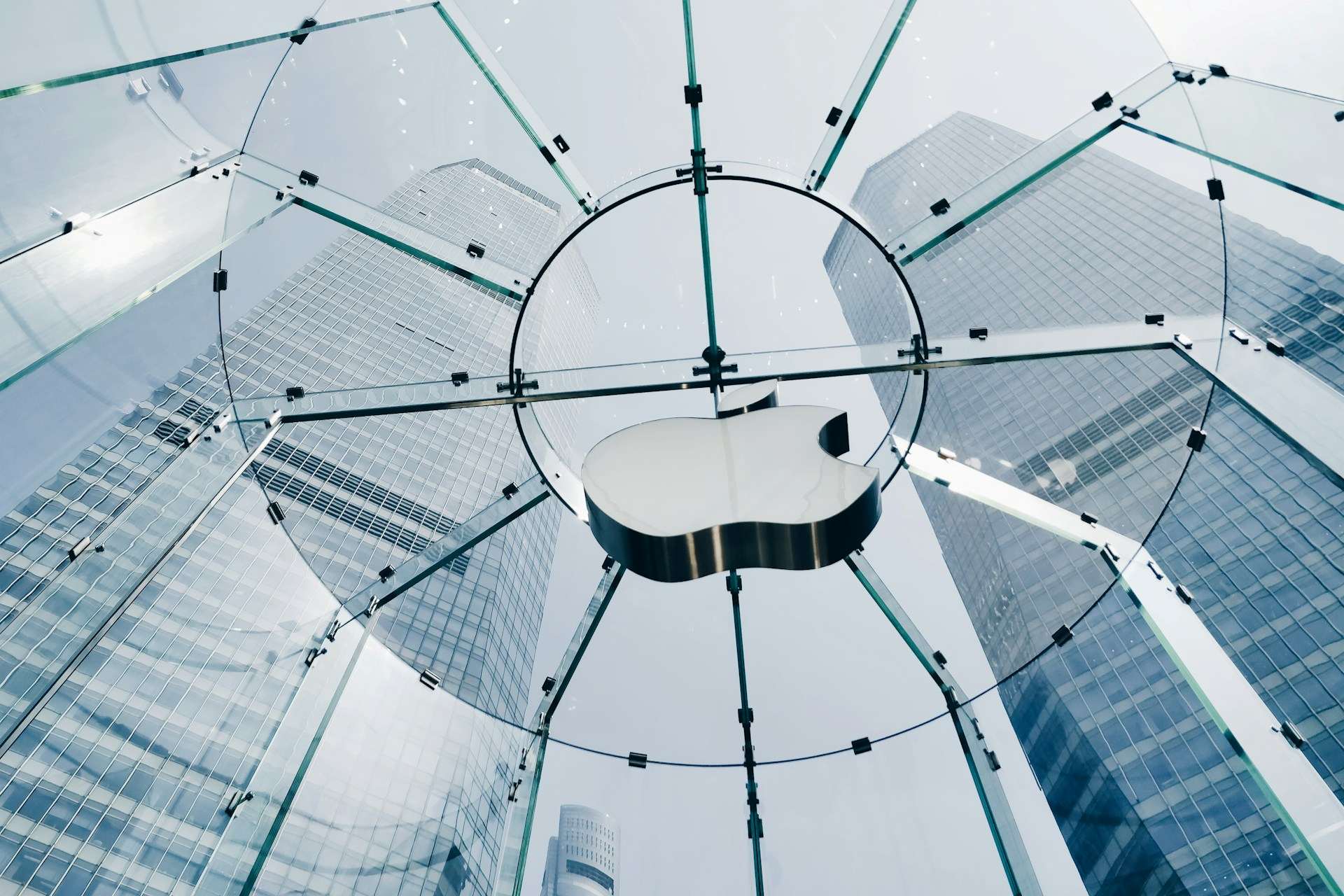Apple is set to transform its chip design process by integrating generative AI into its workflows, a move outlined by Johny Srouji, Senior VP of Hardware Technologies, during an event in Belgium. He noted that as Apple’s chips have evolved, from the first A4 in 2010 to powering Vision Pro, the complexity of design has surged, making advanced EDA (electronic design automation) tools vital. Leading firms like Cadence and Synopsys are already incorporating AI into their platforms, which Srouji believes could significantly boost productivity by enabling “more design work in less time”.
This shift marks a strategic acceleration in Apple’s chip development cadence. AI-driven automation can shorten design cycles and improve performance optimisation, helping Apple maintain its edge across product lines, including Macs, iPhones, iPads, and Vision Pro headsets. The move dovetails with Apple’s previous bold decision to transition the entire Mac lineup to Apple Silicon in 2020 – a high-stakes bet executed with no fallback plan.
Analysts view this development as part of Apple’s wider vision: a future where AI not only enhances user-facing applications but becomes integral to its internal innovation infrastructure. Embedding AI in chip design may empower Apple to iterate more rapidly on specialised silicon – such as chips for smart glasses, AI servers, and the anticipated M6/M7 processors.
For global tech players and smart device SMEs, Apple’s move signals deeper changes in semiconductor design practices. Component suppliers and EDA vendors will need to leverage AI-enhanced tools to stay relevant. Meanwhile, chip design houses may see increased demand for AI-integrated solutions – paving the way for partnerships and innovation in efficiency and custom silicon development.
Ultimately, Apple is not just adopting AI as a feature; it’s embedding AI as a foundational element of its pipeline. This strategic pivot heralds a new era where AI boosts not only what devices do, but how they are built, setting a high bar for industry peers and reshaping supply chain dynamics in hardware design.


